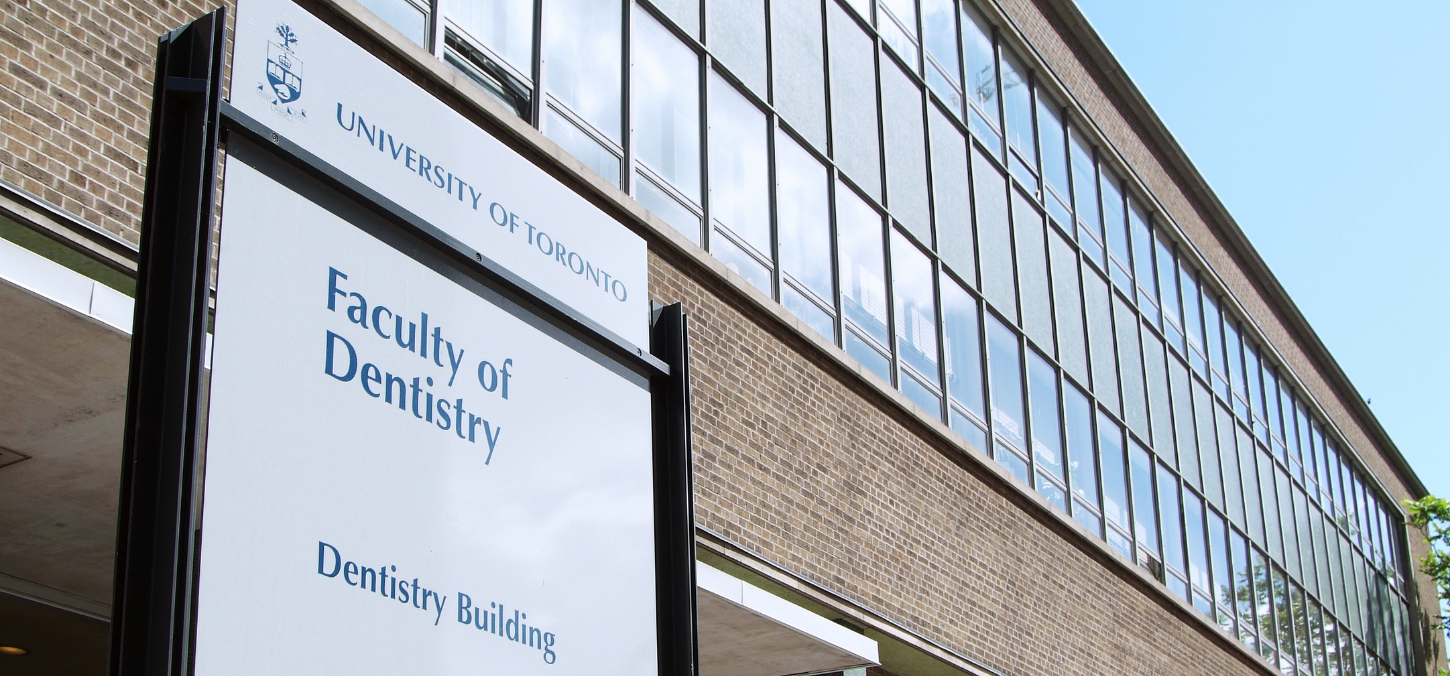
Faculty professors recognized on 2023 Stanford University’s World’s Top 2% Scientists List
Submitted by Amir Azarpazhooh
We are thrilled to share ground-breaking news about the 2023 Stanford University’s world's top 2% scientists list. This list was released by Elsevier, a distinguished academic publishing company. In this esteemed ranking, a group of distinguished U of T Professors in Dentistry, acknowledged for their exceptional contributions, has earned well-deserved recognition for the significant impact they've made in the field.
This globally recognized list, considered the epitome of academic achievement, is meticulously compiled and accessible through the Elsevier Data Repository. The list is a publicly available database of top-cited scientists that provides standardized information on multiple citation indicators that address total impact (number of citations, Hirsch H index [H]), co-authorship adjustment (Schreiber Hm index [Hm]), author order (total citations to papers as single; single or first; or single, first, or last author), and a composite indicator (c-score).
This work uses Scopus data provided by Elsevier through International Center for the Study of Research Lab. Leveraging data from around 10 million published references, this list offers separate data for career-long (up to the end of 2022) and, separately, for the single-year impact in 2022. Metrics with and without self-citations, along with the ratio of citations to citing papers, have also been provided. Scientists, including those in Dentistry, are categorized into 22 scientific fields and 174 sub-fields, with field- and subfield-specific percentiles offered for all scientists with at least 5 papers. The final selection is based on the top 100,000 scientists by c-score (with and without self-citations) or a percentile rank of 2% or above in the sub-field. The career-long database includes 205,000 scientists, and the single recent year dataset includes 210,000 scientists.
The career-long database was hand searched after filtering for Canada, Toronto, then the fields and subfields under the keywords of Dentistry and Oral. U of T Dentistry Professors on the top 2% list of the career-long lists (in alphabetical order) included:
1. Aubin, Jane
2. Cvitkovitch, Dennis G.
3. Davies, John E.
4. Deporter, Douglas A.
5. Ellen, Richard P.
6. El-Mowafy, Omar
7. Finer, Yoav
8. Friedman, Shimon
9. Glogauer, Michael
10. Haas, Daniel A.
11. Hinz, Boris
12. Hu, James W
13. Kishen, Anil
14. Lawrence, H. P.
15. Leake, James
16. Limeback, Hardy
17. Locker, David
18. McCulloch, Christopher A.
19. McComb, D.
20. Pilliar, Robert
21. Santerre, Paul
22. Sessle, Barry
23. Smith, Dennis
24. Sodek, Jaro
25. Tam, Laura E.
26. Tenenbaum, Howard C.
27. Torneck, Calvin D.
28. Zarb, George
The 2022 database was hand searched after filtering for Canada, Toronto, then the fields and subfields under the keywords of Dentistry and Oral. The U of T Dentistry Professors on the top 2% list of the most recent year (2022) in alphabetical order included:
1. Aubin, Jane
2. Azarpazhooh, Amir
3. Davies, John E.
4. Finer, Yoav
5. Friedman, Shimon
6. Glogauer, Michael
7. Haas, Daniel A.
8. Hinz, Boris
9. Kishen, Anil
10. Lawrence, H. P.
11. Locker, David
12. McCulloch, Christopher A.
13. Pilliar, Robert
14. Santerre, Paul
15. Sessle, Barry J.
16. Shrestha, Annie
17. Simmons, Craig
18. Tenenbaum, Howard C.
19. Zarb, George A.
We take immense pride in the recognition of our faculty members, showcasing the excellence and influence of U of T Dentistry on a global scale. Please join us in congratulating these outstanding individuals for their remarkable achievements. Your continued support and connection with U of T Dentistry contribute to the ongoing success of our academic community.
Some additional information:
1) The ICSR Lab is a cloud-based computational platform that enables researchers to analyze large structured datasets, powering Elsevier solutions such as Scopus.
2) The H-index assesses a researcher's impact and productivity by arranging their publications in descending order based on citations. It provides a brief summary of a researcher's scholarly output in terms of both quantity and quality.
3) The HM-Index, an adaptation of the H-index, considers the number of authors on a paper, offering a nuanced assessment of individual contributions in collaborative research.
4) The c-score emphasizes impact (citations) over productivity (number of publications) and integrates details on co-authorship and author positions.
Top photo: Faculty of Dentistry building (Jeff Comber)